Explore the best places
Results for castelo in Portugal
Igreja de Santa Maria Maior
- heritage
Rua Senhor da Paciência
6200-138, Covilhã
Neo-Baroque revival Church of longitudinal plant, consisting of a nave, a chancel narrower and lower, a side chapel, a Baptistry, a Bell Tower and some annexes. It was built in 1886 on the spot where once existed the ancient Church of Santa Maria do Castelo. In the interior, especially the altarpieces of gilt and neorrococós neoclassicists.

Capela de Santo Ovídio
- heritage
Monte de Santo Ovídio
4475, Santa Maria de Avioso
This chapel, dated from the 18th century, was raised on a granite monticule with a spiral ramp and traditional Portuguese pavement. Here died, in 1038, Dom Gonçalo Trastamires. A procession in honour of Saint Ovídio takes place every ear on the last Sunday of August, at the belvedere over the small town of Castelo da Maia.
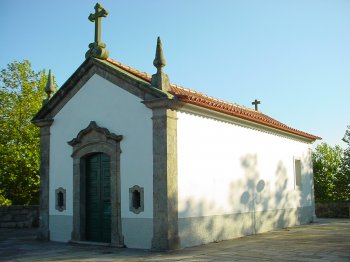
Casa de Sá
- heritage
Rua de Sá
4620-569, Santa Eulália
Villa type House, eclectic style, with rectangular plan and chapel inside. Currently, in addition to a private house, is a center of agricultural production. This House has been linked to the most significant moments in the history of Portugal and for her past personalities of great prestige, as Camilo Castelo Branco, José Régio or Bishop Trinity Willow.
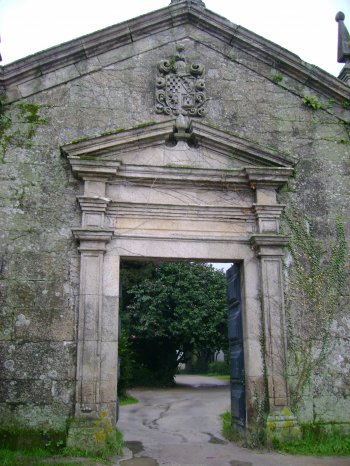
Capela de São João
- heritage
Subportela
4905-632, Barroselas
Solar plan Z, the Tower House, composed of bodies dating back to different eras, arranged around a 16th century tower. It was built in the 16th century, belonging to Dona Catarina Fagundes, daughter of the natural Navigator of Viana do Castelo, João Álvares Fagundes. He currently works as turismo de habitação.
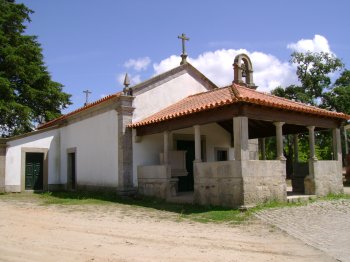
Ruínas Romanas da Raposeira
- heritage
Avenida Nossa Senhora do Castelo
3530-117, Mangualde
Roman ruins located at the foot of Monte da Senhora do Castelo, an old fortified castro from the Iron Age. The archaeological structures that are uncovered constitute an inn, what the Romans called "mansio". It sheltered and welcomed passers-by who traveled throughout the empire and rested there, enjoying a relaxing bath in its private spa.

Forte de São Sebastião
- heritage
Rua do Castelo
9900-038, Horta
The Castelo de São Sebastião assumes a form roughly pentagonal and is deployed on a rocky spur beside the Bay Porto Pim. Is bathed in three sides, by the waters of this Bay. It was part of a defensive complex which included Guarita, stronghold of the Patrol and Strafing, connected by a wall of support along the Bay. Since August 2005, at the Fort, the Ecoteca of Faial.
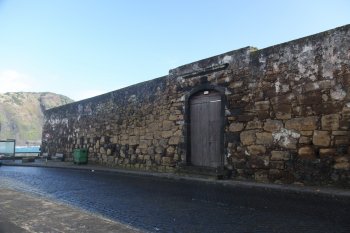
Elevador de Santa Justa
- heritage
Rua do Ouro
1100-060, Lisboa
This is one of the most eccentric buildings in the downtown area. The Santa Justa elevator allows those who are downtown, to access Bairro Alto (32 meters above) in a comfortable way. At the top of the tower, which can also be accessed via a spiral staircase, there is an outdoor cafe. From the terrace the view over Rossio, Baixa, Castelo and River Tagus is splendid.
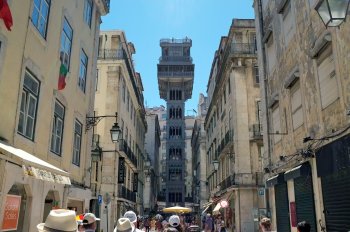
Castro de Moldes
- heritage
Castro de Moldes
4935-577, Viana do Castelo
It is a large fortified town dating from the iron age\/Roman times with occupation in the middle ages. The houses feature a round plant, some with separate foyer and lajeadas streets. There are five lines of ramparts, reinforced by the rising side by turrets arranged in accordance with the terrain or accidents where the need for defence to that required. It is also known as Monte do Castelo de Neiva.
Igreja de Nossa Senhora de Mércoles
- heritage
Caminho de Nossa Senhora de Mércoles
6000, Castelo Branco
Located in a hermitage near Castelo Branco, this late-Gothic church was built by friars of the Order of the Temple. The entrance portal and the two lateral ones are ogival, while the interior features different tiles, of Hispano-Arabic origin, and records of frescoes. It comprises a single nave and an apsidal chapel, having been the subject of major works between the 17th and 19th centuries.
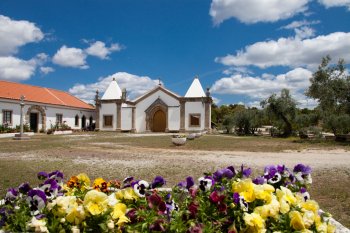
Estação Arqueológica da Quinta dos Patudos
- heritage
Rua José Relvas
2090, Alpiarça
Castro surrounded by a wall, probably with an acropolis surrounded by another internal wall. Nearby are the necropolises of Tanchoal and Meijão, which must belong to the Iron Age, with ashes and artifacts. This set includes the village of Alto do Castelo, which presents a sequence of occupations from the Chalcolithic to the Roman period, and the village of Cabeço da Bruxinha, which does not have a defined chronology.
